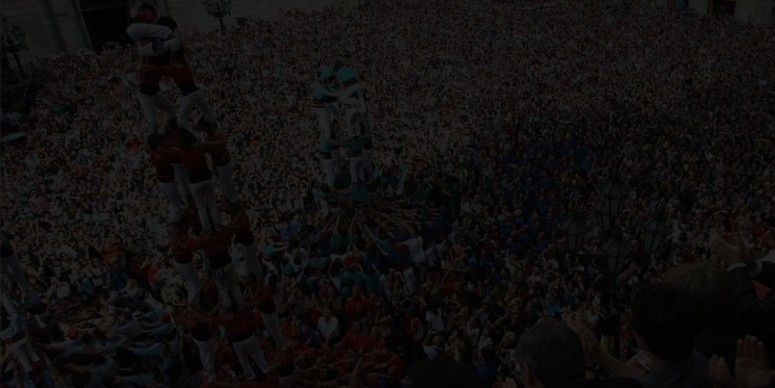In this post, Gonzalo Cuatrecasas, the professor of Global MBA in Digital Business delves into collective thinking and introduces the concept of collective commitment.
When we embrace collective thinking, we embrace more than multiple perspectives on any shared matter. Collective thinking involves examining a problem from several angles by employing scrutiny and perspective from each individual's set of experiences and knowledge. But, it’s that it?
Complex problem solving requires subject matter expertise and intelligence beyond that of any single individual. How is that articulated? Do we just get a bunch of people in a room to talk about a problem? Which people? How do we manage the information? Well, let's first look at three collective thinking considerations:First, sometimes our own biases, generated from our own experiences, are a blocking factor in finding the most suitable answer to any one issue. Our narrow field-view of analysis makes it difficult to explore multiple approaches to solving a problem.
Humans are designed to solve problems from a single-focus point of view. That is how we have learned in school and how we make our personal decisions at work and in society. To analyze and decide, we have an innate need to feel comfortable with a basic understanding of the context, conditions, and constraints, before we start considering and deliberating. Namely, we need to understand the problem.
Most people weigh up the same problem differently based on their own prejudice. In collective thinking, this plays to our advantage.Secondly, we are who we are, and we are not all equal. I am referring, of course, to diversity. A simple word with complex implications. In collective thinking, we also want to take into account diversity, as we need to analyze problems from all points of view. This includes different age groups, gender, ethnicity, social status, cultural background, affective orientation…etc.
Inclusiveness, however, is not the objective for the sake of having all social groups represented. We want to have a controlled mix of qualified people representative of the potential social ecosystem in which the problem exists.
That is, in collective thinking, we need to have social diversity, but perhaps we do not need to be over-inclusive, to the point where diversity differences dilute or defocus the benefits of having diversity in the first place. On the other hand, we will have to
ensure that we have empathic leadership to establish a sense of belonging for everyone.Lastly, in collective thinking, we must have
collective commitment. Yes, motivation! Collective and individual commitment is imperative for collaboration. As explained in my class, for collaborative models to work well, they must be an
unconditional willingness to share. The individuals in the team must feel a sense of belonging and pride. They should have satisfaction in sharing with their colleagues because only through sharing we achieve our goals.Nevertheless, bias, diversity, commitment, and sharing on their own will have little effect on collective thinking, unless the ideas and thoughts that are imparted, are
well managed with strong coordination and authoritative leadership. Thus, the virtue of collective thinking is the collaborative models that will foster introspection and communication, which in turn will create more sharing, commitment, and motivation.
However,
every virtue has an associated vulnerability. In the case of collective thinking, we need to assess and control the relationships amongst the members and avoid polarization in the group dynamics.
Group participation is naturally more difficult for some people than others. The leader must observe and interact to ensure that everyone feels comfortable sharing by encouraging those that feel less participative and tame those that are over-dominant in conversation.
Collective thinking requires harvesting and employing knowledge from a broad range of people with different backgrounds, beliefs, experiences, and preconceptions. When a group of individuals comes together, each person brings a wide range of new ideas, unexpressed differences in paradigms, and disparate perspectives.
However, collective thinking it’s not magic. We will need to
channel and coordinate the information with collaborative models to filter, analyze and compile the best results.
Join our MBA program and discover the core elements to effective collective thinking!
Gonzalo Cuatrecasas
Professor of the Global MBA in Digital Business
CIO at OCA Global
